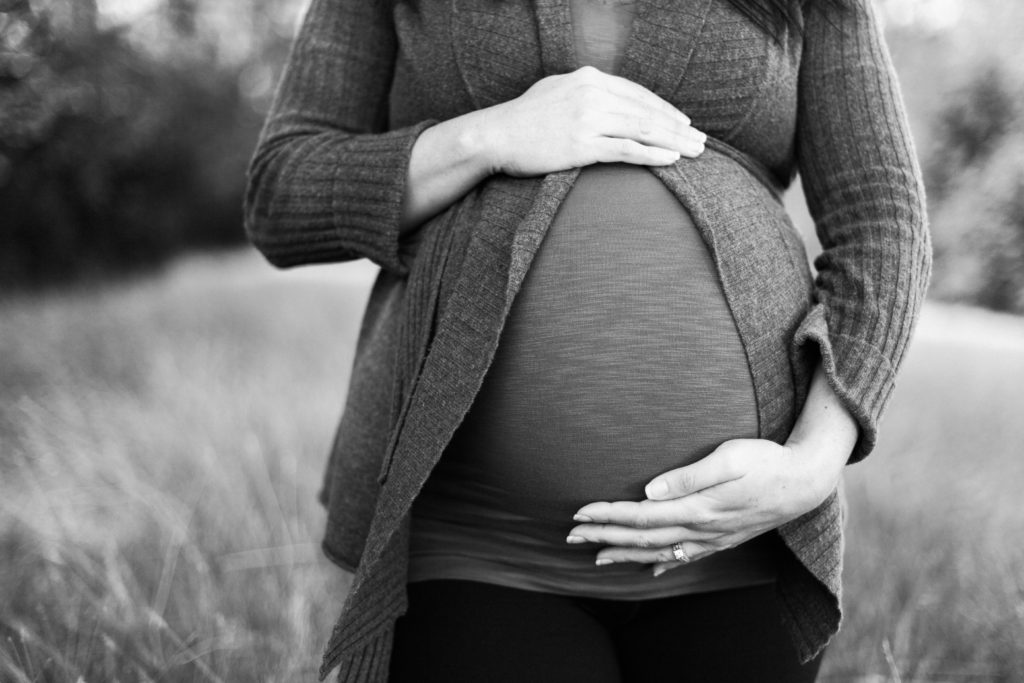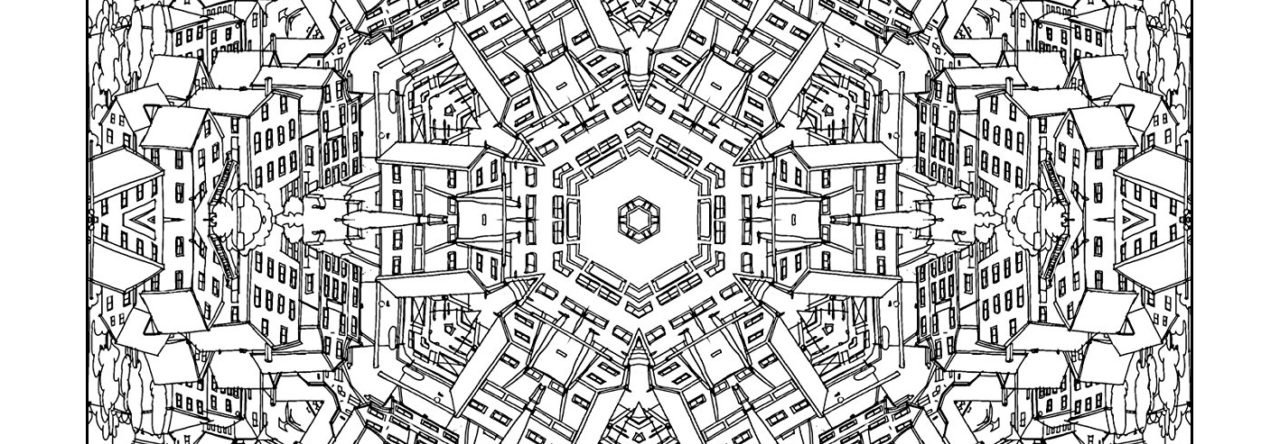
I grew up steeped in the value of gender equality. I can still remember a heated conversation around the coloring table at preschool—I was the kid arguing “There’s no such thing as girls’ colors and boys’ colors.” My all-girls high school had the unspoken motto of “Beat the boys.” We were encouraged to work hard and dream big; to become scientists, lawyers, and engineers. Our teachers rarely suggested traditionally female careers like teaching or nursing, and “the M word” (motherhood) was never mentioned.
Abigail Favale perfectly describes the kind of feminism I was raised in:
The classic feminist argument affirms sex role fluidity—a woman can do whatever a man can do. Thus, a different notion of woman’s essence is presupposed: namely, none. Instead, women and men become essentially interchangeable, essentially the same. Because a woman can do anything, she no longer is anything in particular.
As a result, I grew up very disconnected from my femaleness. Unlike other girls, I never wore pink. I never put on makeup. I never did my hair. Skirts, breasts, and menstrual periods were just minor inconveniences to be overcome in an effort to “beat the boys.”
Parenthood: Struggle for Equality
As a young adult, I thought that finding a compatible partner meant finding someone exactly like me—a man who shared not just the same values and beliefs, but the same interests and tastes, the same sense of humor and style of communication. I expected a partnership to involve two people working interchangeably toward their shared goals.
When I eventually got married and then pregnant, it was the first time I began to understand my female body as something intricately designed for a distinct purpose. And yet, once I had given birth to our first son, nursing seemed to be the only thing that distinguished my role from my husband’s. I had somehow come to parenthood with the idea that my husband’s and my relationship with our son would be more or less the same—our “parenting” would be equal and identical.
But things never seemed to work out that way. My husband’s approach to raising children was fundamentally different. At times, we had opposite beliefs about what our son needed from us. My husband thought he needed more independence, but I thought he needed more connection. He thought I was being too gentle, and I thought he was being too firm. Because of this, our family life felt like a struggle. Our innate tendencies were always pulling in different directions, making it hard to reach the elusive goal of “equality.”
Motherhood: Joyful Reunion
I had read Psalm 139 countless times as a young Christian. I would turn to it whenever I felt lonely, misunderstood, or lost and find comfort in the truth that God was always with me—that he knew me intimately and had a plan for my life.
But in recent years, I have discovered a new, deeper layer of meaning to Psalm 139. I have come to appreciate not just the explicit truths about God that it teaches, but the profound truths about humanity that underlie it. In my life, Psalm 139 now symbolizes a complete turnaround—a “conversion” of sorts—in the way that I understand myself.
I Am My Body
I’ve come to realize that the worldview I inherited alienates a person from her body. I grew up believing the body is just a random container that houses the real you—your personality, beliefs, and desires. Accordingly, being a man or a woman is fairly insignificant.
By contrast, as Nancy Pearcey explains in her book Love Thy Body, “Scripture treats body and soul as two sides of the same coin. The inner life of the soul is expressed through the outer life of the body.” She elaborates:
A biblical ethic is incarnational. We are made in God’s image to reflect God’s character, both in our minds and in our bodily actions. There is no division, no alienation. We are embodied beings.
This is clear from Psalm 139:1–4:
You have searched me, Lord,
and you know me.
You know when I sit and when I rise;
you perceive my thoughts from afar.
You discern my going out and my lying down;
you are familiar with all my ways.
Before a word is on my tongue
you, Lord, know it completely.
Here, there is no great divide between a person’s mind and body. When God knows me, he knows not just my thoughts and unuttered words, but my physical actions too. I am not just in my body—I am my body, as well as my soul. According to the Bible, our bodies matter because they are the means God has given us for honoring and reflecting him in the world.
I Am a Woman
In Psalm 139, the psalmist praises God for creating his body and soul for a purpose:
For you created my inmost being;
you knit me together in my mother’s womb.
I praise you because I am fearfully and wonderfully made;
your works are wonderful,
I know that full well.
My frame was not hidden from you
when I was made in the secret place,
when I was woven together in the depths of the earth.
Your eyes saw my unformed body;
all the days ordained for me were written in your book
before one of them came to be. (vv. 13–16)
These verses reassure me that my sex is part of God’s good design for me. It was no accident that God formed a female body for me. And because God has made me a woman, the “days ordained for me” will take a certain shape. As Pearcey notes: “The physical structure of our bodies reveal clues to our personal identity . . . A Christian ethic respects the teleology [inbuilt purpose] of nature and the body.”
I Am a Mother
The “conversion” I’m describing started because I couldn’t answer the question How are mothers and fathers different? I had read the entire Bible, noting everything it said about parenthood—I even wrote a book on the topic. But I still couldn’t satisfactorily answer the question of gender differences in child-raising.
I’d been looking so closely at what the words of the Bible were (or rather weren’t) teaching that I had failed to notice what the Bible’s images and symbols presumed from creation. I had diligently examined the book of Scripture but neglected to read the book of nature.
I had failed to grasp the reality that, in Favale’s words,
. . . there is a givenness to our bodies; they are inscribed with sacred meaning that is not determined or constructed by our whim. Bodies speak the language of symbol, with or without our permission.
For example, Psalm 139 sets a mother’s womb in parallel with “the depths of the earth” as the site of creation. The first man was formed in the “womb” of the earth, as God shaped and animated the dust of the ground (Gen. 2:7). Every day, the earth continues to “give birth,” as the seeds planted in it (her?) sprout up into vegetation. Woman is like the earth in that she has the potential for gestating new life within her body.
It’s astounding to think that during my pregnancies God himself was at work creating a person in my womb. I can remember my first, surreal night of motherhood—staring in awe at the real human baby that had, quite miraculously, just emerged from me. I felt like Eve, the first mother, who marveled “With the help of the Lord, I have brought forth a man” (Gen. 4:1).
I Am Not a ‘Parent’
I have come to understand that the difference between mothers and fathers starts with our bodies. In pregnancy, I was our children’s first home. In birth, they emerged from my body. In nursing, I was their first source of nourishment and comfort. Of course, our children come from my husband and belong to him just as much as to me. But a father’s relationship to his children begins at a greater physical distance, which he has to bridge with personal commitment.
According to Genesis 1–2, men and women also have different origins—Adam emerged from the earth, while Eve emerged from Adam. As Alastair Roberts explains:
Men and women are formed separately and differently; there’s a correspondence between their nature and their purpose. Again: the man is formed from the earth to till the ground, to serve and rule the earth. The woman is built from the man’s side to bring life and communion through union.
So as a mother, I symbolize and stand for something different from my husband. There’s no such thing as disembodied, genderless “parenting”—there are only real mothers and fathers, who are bound to their children in different ways. It shouldn’t surprise me that I continue to have an “inward” focus—an inclination toward “making home,” preparing food, and giving comfort and shelter within our four walls. This is what my body has been doing our children since their conception.
Not all women become mothers by giving birth, of course. But even adoptive and step-mothers will generally have these same tendencies because of their natural, hormonal response to the children who call them “mom.” The children we care for sometimes draw motherhood out of us.
On the other hand, my husband tends to relate to our children with an eye to the outside world—he tends toward being their representative, protecting and providing for them, and equipping our children with the skill and strength they will need to face the world. This, too, is what his bodily relationship as a father has been from the beginning.
All of this has been a revolution in my self-understanding and in my approach to raising children. I am no longer aiming to become interchangeable with my husband. I have become joyfully reunited with my female body, and now I simply aim to live and relate to my children in accordance with that. And I have learned to appreciate my husband’s different approach to child-rearing as the perfect and necessary complement to mine. We have stopped trying to do “parenting” and are learning what it really means to be a mother and father.
This article originally appeared on The Gospel Coalition.

Leave a Reply